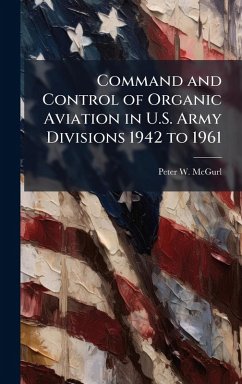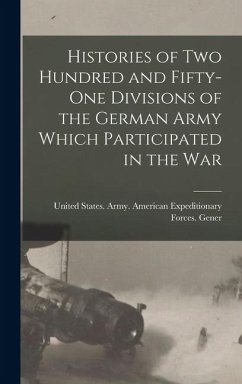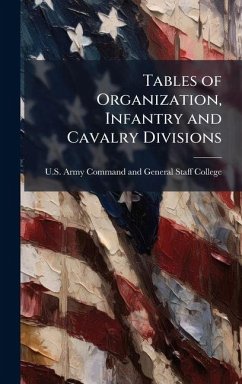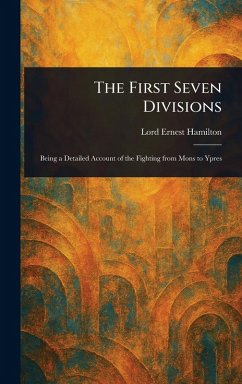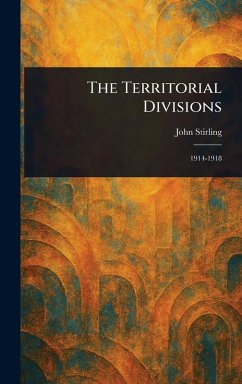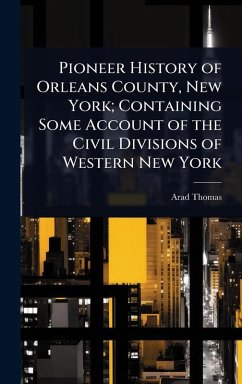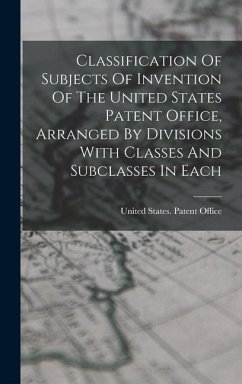
Does the U.S. Army Need Divisions?
Versandkostenfrei!
Versandfertig in über 4 Wochen
28,99 €
inkl. MwSt.
Weitere Ausgaben:

PAYBACK Punkte
14 °P sammeln!
This paper examines the need for divisions using the following methodology. The criteria of span of command and control, communications technology, and the role of the division are used to discuss doctrine, history, and theory. A review of current doctrine examines whether there is a hole in the doctrine that requires a change. The history section follows the evolution of the current division by studying the general history of the division, the evolution of the modern division, and studies the 1st Infantry Division during the 20th Century. The theory section presents the current and recent arg...
This paper examines the need for divisions using the following methodology. The criteria of span of command and control, communications technology, and the role of the division are used to discuss doctrine, history, and theory. A review of current doctrine examines whether there is a hole in the doctrine that requires a change. The history section follows the evolution of the current division by studying the general history of the division, the evolution of the modern division, and studies the 1st Infantry Division during the 20th Century. The theory section presents the current and recent arguments for both eliminating and retaining the division. The most common argument for eliminating the division is that future technology will enable commanders to increase their span of command and control. Opponents disagree, stating that technology is an enabler, not a replacement. The review of current doctrine revealed no shortcoming that needs addressed. The history discussion revealed that the span of command and control fluctuated very little over the past century. Span of command and control remains an issue of the human element. What has changed, in some cases drastically, is communications technology and the role of the division. Technological advances allow a significant amount of information to be collected, sent, and received. It also assists a commander and staff in visualization, but does not increase his span of command and control. The role of the division has evolved to include Title X responsibilities, serve as other headquarters such as C/JFLCC and ARFOR, and coordination with other agencies. The conclusion of this paper is that the division is necessary and should not be eliminated. This work has been selected by scholars as being culturally important, and is part of the knowledge base of civilization as we know it. This work was reproduced from the original artifact, and remains as true to the original work as possible. Therefore, you will see the original copyright references, library stamps (as most of these works have been housed in our most important libraries around the world), and other notations in the work. This work is in the public domain in the United States of America, and possibly other nations. Within the United States, you may freely copy and distribute this work, as no entity (individual or corporate) has a copyright on the body of the work. As a reproduction of a historical artifact, this work may contain missing or blurred pages, poor pictures, errant marks, etc. Scholars believe, and we concur, that this work is important enough to be preserved, reproduced, and made generally available to the public. We appreciate your support of the preservation process, and thank you for being an important part of keeping this knowledge alive and relevant.



